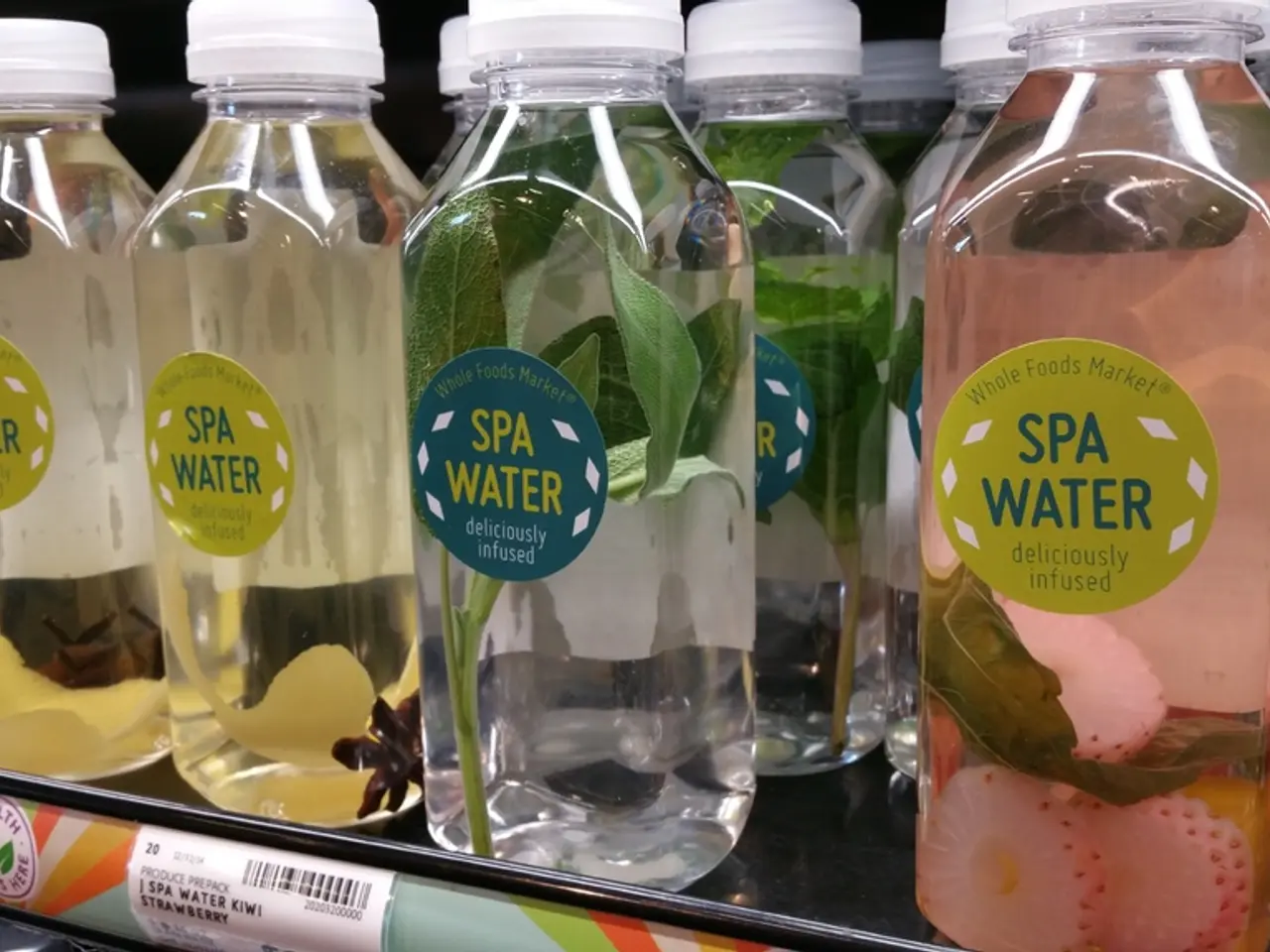Rapid Sterilization Methods: Application of Flash Pasteurization in Beverage Industries
The beverage industry is undergoing a significant transformation, with flash pasteurization emerging as a game-changer. This innovative technique, which rapidly heats liquids to a specific temperature before cooling them down almost instantly, is revolutionizing the production of craft beer and juice.
Benefits of Flash Pasteurization
Microbial Safety and Quality Preservation
Flash pasteurization, or high-temperature short-time (HTST) processing, effectively reduces microbial load while better preserving flavor, aroma, and nutritional quality compared to traditional thermal methods. This is crucial in craft beer and juice production, where maintaining sensory and nutritional attributes is important for product differentiation and consumer appeal.
Process Efficiency
By heating and cooling liquids rapidly before packaging, flash pasteurization facilitates faster production cycles and reduces thermal damage to products. This efficiency is a significant advantage, particularly for small-scale producers who need to maximize output without compromising quality.
Shelf Life Extension
Flash pasteurization extends shelf life by inactivating spoilage microorganisms without significant compromise of fresh qualities. This is important for distribution and retail in both craft beer and juice markets.
Compatibility with Sustainable Practices
Modern implementations of flash pasteurization often integrate with energy-efficient heat exchangers, reducing environmental footprint and aligning with sustainability trends in juice production.
Challenges of Flash Pasteurization
Equipment Cost and Complexity
Installing HTST systems requires substantial capital investment and technical expertise, which can be a barrier for small craft and specialty juice producers.
Heat Sensitivity of Products
Despite the short treatment time, some delicate flavor compounds or nutrients may degrade, affecting the sensory profile and functional quality. This is especially relevant for craft beer and juices marketed for their fresh or “raw” qualities.
Process Control and Maintenance
Maintaining precise temperature, flow rates, and sanitation is critical to avoid inconsistent pasteurization or contamination. Failures in heat exchangers or condensers, common to these systems, can disrupt production and affect product safety.
Competition from Alternative Technologies
In the juice sector, High-Pressure Processing (HPP) is gaining traction for microbial safety combined with better retention of nutrients and fresh characteristics, presenting a challenge to heat-based flash pasteurization adoption.
Case Studies Insights
Craft Beer
Breweries employing flash pasteurization benefit from longer shelf life and microbial stability without extensive flavor loss, enabling wider distribution. However, balancing pasteurization parameters to preserve delicate craft beer characteristics remains a challenge.
Juice Companies
Flash pasteurization allows companies to ensure microbial safety and extend shelf life while maintaining reasonably fresh flavor profiles. Yet, growing consumer demand for minimally processed and functional beverages is pushing some producers towards non-thermal methods like HPP, which better preserve nutrients but involve different cost and equipment considerations.
In conclusion, flash pasteurization is valued in the beverage industry for its microbial control, shelf life extension, and process efficiency, particularly benefiting craft beer and juice producers. However, high equipment costs, potential quality trade-offs, and competition from emerging non-thermal technologies represent ongoing challenges.
For those seeking additional and supplementary details on the topic of flash pasteurization, a rewarding learning journey is offered. Access to related links is provided for further exploration of the topic. Additionally, implementing flash pasteurization allows companies to reduce their environmental footprint by reducing waste and lowering energy consumption.
Incorporating flash pasteurization into the brewing process has allowed craft breweries to flourish in a competitive landscape, capturing the attention of both local enthusiasts and national distributors.
Technology and innovation in the beverage industry are reshaping production processes, with advancements in flash pasteurization making a notable impact. This smart technology, also known as high-temperature short-time (HTST) processing, rapidly heats liquids to preserve microbial safety and maintain quality, revolutionizing craft beer and juice production, particularly in terms of flavor, aroma, and nutritional preservation.
The automation provided by AI-enabled systems, equipped with smart glasses and connected to finance and business management systems, streamlines production cycles, extending shelf life and ensuring efficient distribution in the food-and-drink market.
However, the installation of these systems involves significant costs and complexity, and there are concerns over potential quality compromises, such as the degradation of heat-sensitive compounds. In addition, new technologies like High-Pressure Processing (HPP) are emerging as competition, presenting challenges for flash pasteurization adoption.
Despite these challenges, businesses that embrace flash pasteurization can strategically position themselves in a competitive market, reducing their environmental footprint and catering to consumer demand for high-quality beverages with extended shelf life. The incorporation of such technology into lifestyle industries stands to foster growth and innovation in the future.
For further insights and details on flash pasteurization, technology enthusiasts can explore related links and continue their learning journey. The application of this innovative technology in the brewing process has already proven beneficial for small-scale craft breweries, enabling them to thrive in both local and national markets.




